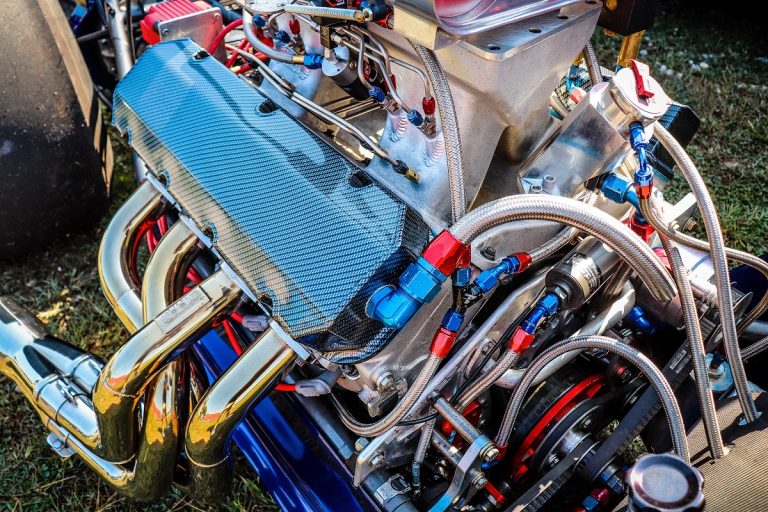Understanding the Pruning Needs of Tallahassee’s Native Trees

Pruning Needs of Tallahassee’s Native Trees
Structural pruning is a proactive type of tree trimming that helps to develop strong structures. It can reduce the likelihood of the types of defects that cause limb and whole tree failure in stormy weather.
Generally, flowering and fruit trees are pruned in early spring (February to March) while they are dormant. Remove crossing, rubbing, broken, diseased and weak-angled branches.
Orange Tree
Orange trees are a beautiful addition to any North Florida landscape. These slender trees produce delicious fruits and their fragrant blossoms brighten the spring. This tree requires regular fertilization. A slow-release citrus fertilizer formulated to help promote flowering is recommended. Water regularly in the first year after planting to establish roots. Avoid overwatering. Keep an eye out for symptoms like root rot or fungus that can be controlled with neem oil. In order to be successful, this fruit-producing tree must be planted in its appropriate growing zone.
A healthy, well-maintained orange tree produces high quality fruit that is firm with a slight give and sweetly fragrant. The fruit can be eaten fresh, used in juice, or preserved for later use. Structural pruning is important in this species, but it should be spread out over a number of years to avoid impacting the tree’s health. This can also reduce the risk of limb failure in windy conditions. click here for more:
Water Oak
The Water Oak is a medium-sized deciduous tree native to the southeastern United States. It grows in woodlands, floodplains and along rivers and streams in rich, moderate to wet soil. It transplants well and is a rapid grower on favorable sites. This tree is a relatively weak-wooded species in comparison to other oaks, and may have a shorter life span (30 to 50 years).
It is susceptible to several diseases, including vascular canker, oak wilt, chestnut blight, shoestring root rot and oak leaf blister. It can also be attacked by insect pests, such as oak lace bugs, caterpillars and borers. This species is a good candidate for urban environments with tolerant site conditions.
Live Oak
A living symbol of the South, live oaks are among the most resilient trees in Tallahassee. Their sweeping limbs reach to the ground and then shoot upward, providing a canopy that may stretch over half of a football field. When they have enough room, these majestic evergreens grow for centuries.
These large trees can significantly reduce stormwater runoff and its associated pollutants, especially north of the Cody Escarpment where the Wakulla Spring drains through the area. Additionally, their roots facilitate water soaking into the soil rather than running off streets and lawns.
Although they look similar, it’s easy to differentiate a live oak from a water oak by their bark color and shape. The former has dark, rough bark while the latter has lighter, scaly bark. Thinning cuts on live oaks should be done to retain well-spaced lateral branches, which distribute mechanical stress more evenly throughout the tree. This can help prevent “lion-tailing” and reduce the need to re-prune later on.
Bald Cypress
Bald Cypress (Taxodium distichum) is a swamp tree native to Florida and the southeast United States, but is also widely cultivated as an ornamental for its light feathery foliage and orangey brown to dull red autumn color. It grows in a wide range of soil conditions, including well-drained, sandy loam, and thrives in full sun to partial shade. Its rot resistant heartwood is valued in the lumber industry and it is often used for landscape accents and pond liners. This species grows to great heights and is often found in flooded situations or at the edge of bodies of water. The roots have knobby woody protuberances, known as “knees” that are believed to help them gain oxygen5 when submerged in water.
Structural pruning and maintenance trimming are needed to keep bald cypress in shape. Always prune in the dormant season and wear proper safety gear; sanitize tools before using them on a tree to avoid spreading disease.

